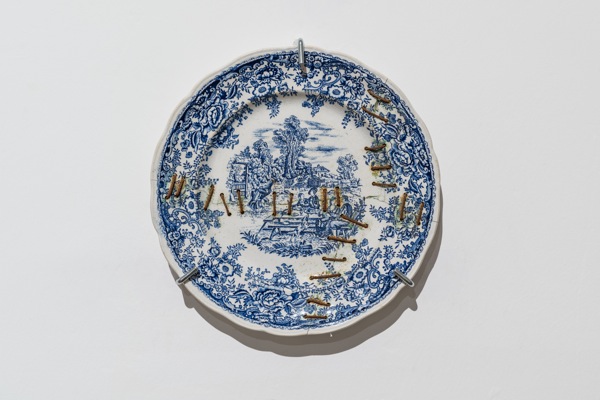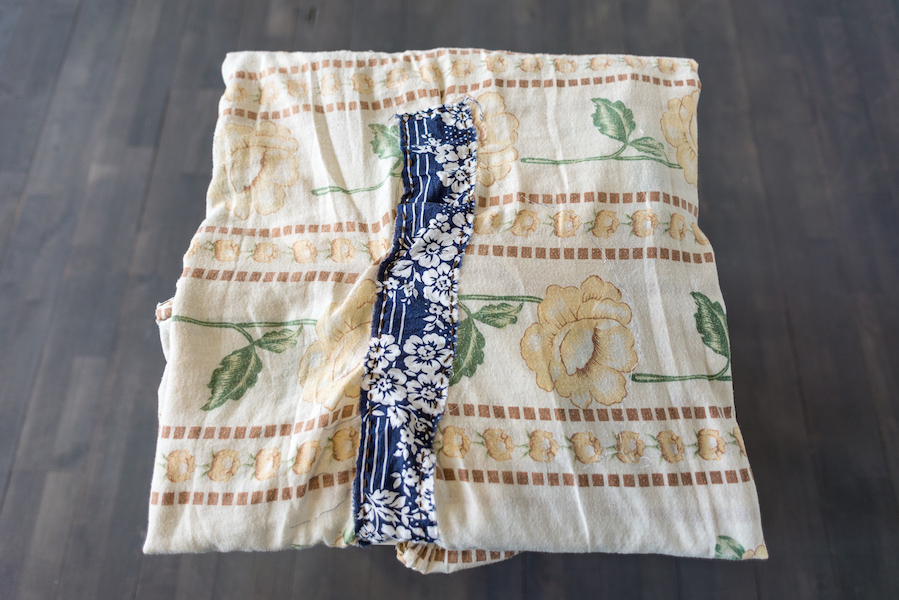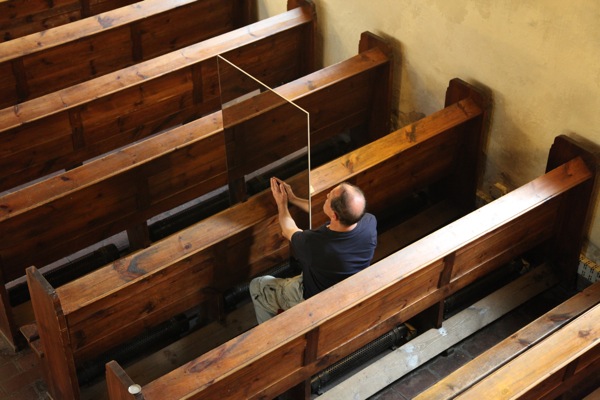Kader Attia: notions of Repair

Kader Attia, Untitled (2017)
'Repair', in his view, is an underground and constant process that is inextricably linked to the chaos of pain and trauma and the restorative capacity in people, nature, culture, myth and history.
“ Repair” is an endless oxymoron; it carries both, the notion of destruction and reconstruction within the same terminology. It took me years of observations and investigations to understand that ‘repair’ is the core reason (“la raison d’être”) of the existence of “reappropriation”, and that in fact, it applies to culture as much as to nature. ”
︎ Kader Attia, Mimesis as resistance (2013)
This idea of Repair may appear as tangible and visible, taking for example the 'gueules cassées' of World War I, but is also mirrored in the restorative and resisting potential of a colonised community, where Repair becomes the natural answer to a torn social-political fabric.


Kader Attia, Untitled (2017) from the exhibition Repairing the Invisible, SMAK (2017).
In Western view, to repair is synonymous to restore: it aims to return the injured, broken or torn object or subject to its earliest state, without leaving any traces that change might have occured. Attia, however, envisions Repair as opposite of this rationalist vision of burning old bridges behind us in order to move forward. On the contrary, here, the memory of the trauma preceding the repair persists within the 'repaired', like sutures do. These sutures are literally reflected, for example, in the Japanese art of Kintsugi, where broken pottery is visibly repaired with gold or silver glue.
Such examples tell us that whatever is in need of healing/repair, the process of repair and who or what has undergone this process, is all of equal value. The trauma, Greek for injury, is not ignored, neither forgotten.
In his video Réfléchir La Mémoire, the artist directly links phantom pain- the perception that one experiences relating to a limb that is not physically part of their body - to pain caused by collective trauma. In the video, we see people silently sitting or standing. A mirror is placed next to them, so at first glance nothing seems to be going on. But when the camera moves slightly, we see that they are missing limbs, where before this absence was completed by the mirror. A man appears to be praying with two hands, but from above we see that the hand in the mirror misses an entire arm. These images are interspersed with interviews with experts - professors in socio-cultural fields, as well as surgeons, neurologists and psycho-analysts. They are often representatives of a community familiar with trauma, motivating that the physical pain in missing limbs resonates the same sad harmony as a traumatised community, burdened by occupation, (cultural) genocide and colonialism. Just like the people in the video, a traumatised community experiences a loss, an everyday absence of something that is no more, but has been. Here, a phantom arrives, becoming like a 'traumatic ghost, haunting them'.

Kader Attia, Reflecting Memory (2016)